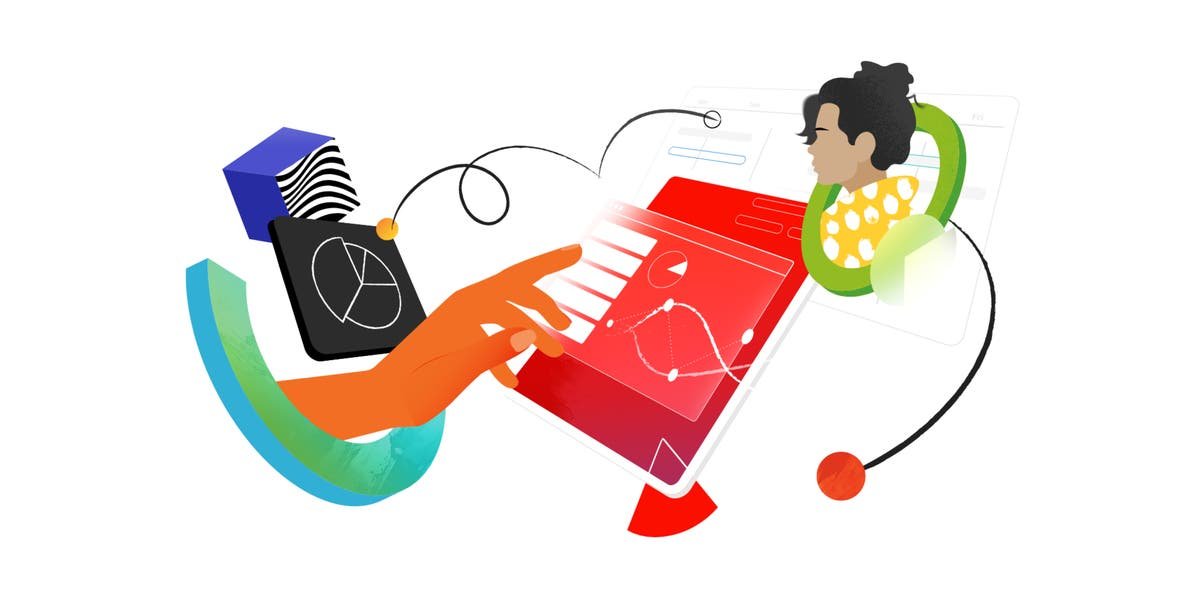
Advertisement
The definition of advertising is an industry used to call the attention of the public to something, typically a product or service.
The definition of advertisement is the means of communication in which a product, brand or service is promoted to a viewership in order to attract interest, engagement, and sales.
An advertisement is generally considered a public communication that promotes a product, service, brand or event.
It’s important to note that advertising is not the same as marketing; it is rather a subcategory of it. Advertising is a type of paid marketing that the advertiser enjoys complete control over.
Why are advertisements important?
Advertisements are important for businesses because they are the most direct and proven way to reach potential customers. They can have an instant impact on your business in a number of ways, including:
• Brand awareness: Advertising can make your target audience aware of your existence, helping them take the first step into the sales funnel.
• Brand reputation: Carefully crafted messages can tell an audience what your brand stands for and how you work. By sharing your mission, philosophy, values and track record, you can use advertising to build an enviable reputation.
• Corrections and apologies: Advertising can grant you the opportunity to apologise for a slip-up or correct the record if you feel as though something has been misrepresented.
• Sales: Last but not least, the overwhelming majority of ads are designed to increase sales, whether by directly promoting a specific product, service or deal or by any of the less direct methods listed above.


5 Types of Advertisement
The vague definition of advertising offered at the top is a consequence of the variety of different forms ads come in and channels they’re delivered through.
· Print advertising: Print ads see ink printed on paper. Newspapers, magazines, brochures, posters, flyers and direct mail are all examples of print advertising.
· Broadcast advertising: In years gone by the term ‘broadcast advertising’ covered radio and TV, though these days the line between these formerly analogue channels and digital streaming services is blurrier than ever.
· Outdoor advertising: Bus stops, billboards, blimps, banner planes, other things that don’t start with ‘B’ – outdoor advertising treats the whole world as an advertising stage.
· Product integration: Perhaps the most subtle form of advertising, product integration sees products and brands included (and implicitly promoted) in film, TV, Instagram, YouTube and other forms of media.
· Digital advertising: Over the last couple of decades digital advertising has overtaken all the other forms listed above. In fact, it really deserves its own section …
4 Types of Digital Advertising
From YouTube pre-roll ads to podcast
sponsorships, digital advertising comes in seemingly endless forms. So instead
of running through individual digital advertisement types, let’s instead focus
on the four main subcategories of digital advertising.
It should be noted that this is far from a
comprehensive list, but the four channels below do form the foundational
pillars of many digital marketing strategies.





4 Types of Digital Advertising
1. Display ads
Display ads are the digital ads comprised of imagery and text that you see as you browse a website. The humble banner ad is an example of a display ad, though they come in a number of different forms, such as pop-up ads, flash/animated ads, interstitial ads, lightbox ads and expandable ads.
2. Social media ads
No segment of digital advertising has grown faster than social media advertising, for one major reason: social media platforms have deep knowledge of each of their users, which allows them to offer hyper-targeted advertising. If you want to advertise exclusively to 40-something women who have one child and are interested in softball, you can.
Social media ads include sponsored Twitter posts, Facebook carousel ads, YouTube pre-roll ads, Instagram influencer product integrations and more.
3. Search engine ads
While the marketing strategy of search engine optimisation (SEO) will help you to work your way up the search engine results page (SERP) for relevant search terms, there’s a far quicker and easier way to reach the top spot – pay.
You might think that you’ve become blind to the ads that are served up at the top of a Google search and that they, therefore, aren’t worth the money and effort, but the beauty of Google Ads is that they are pay per click (PPC) – you only pay if someone actually interacts with your ad! As such, they should form a key pillar of any digital advertising strategy, but always alongside SEO efforts.
4. Email Marketing
It turns out that the oldest digital
advertising campaign actually happened 16 years before the first banner ad. In 1978 Gary Thuerk sent out an email blast to 400 recipients. His company, Digital Equipment Corporation, reportedly made $13 million from the campaign.
Almost half a century later email marketing remains as effective as ever, earning $36 for every $1 spent. And in Square Marketing, you have a solution that can make your email campaigns even more effective, by creating and sending a campaign in minutes, and by using clever analytics to understand what works, what doesn’t, and how you can improve.
To conclude, some ads are relevant to product and some are not, some ads show product details while some shows emotions, some ads are global and some are regional. But, all the ads serves only one purpose, and that is gaining the attention of the consumers.
At Niryat Sarthi, we do the filter, creatives and budgeting for your ads. You can focus on your product and with very basic information provided, we can handle the whole ad campaign for you.
Contact us now…
